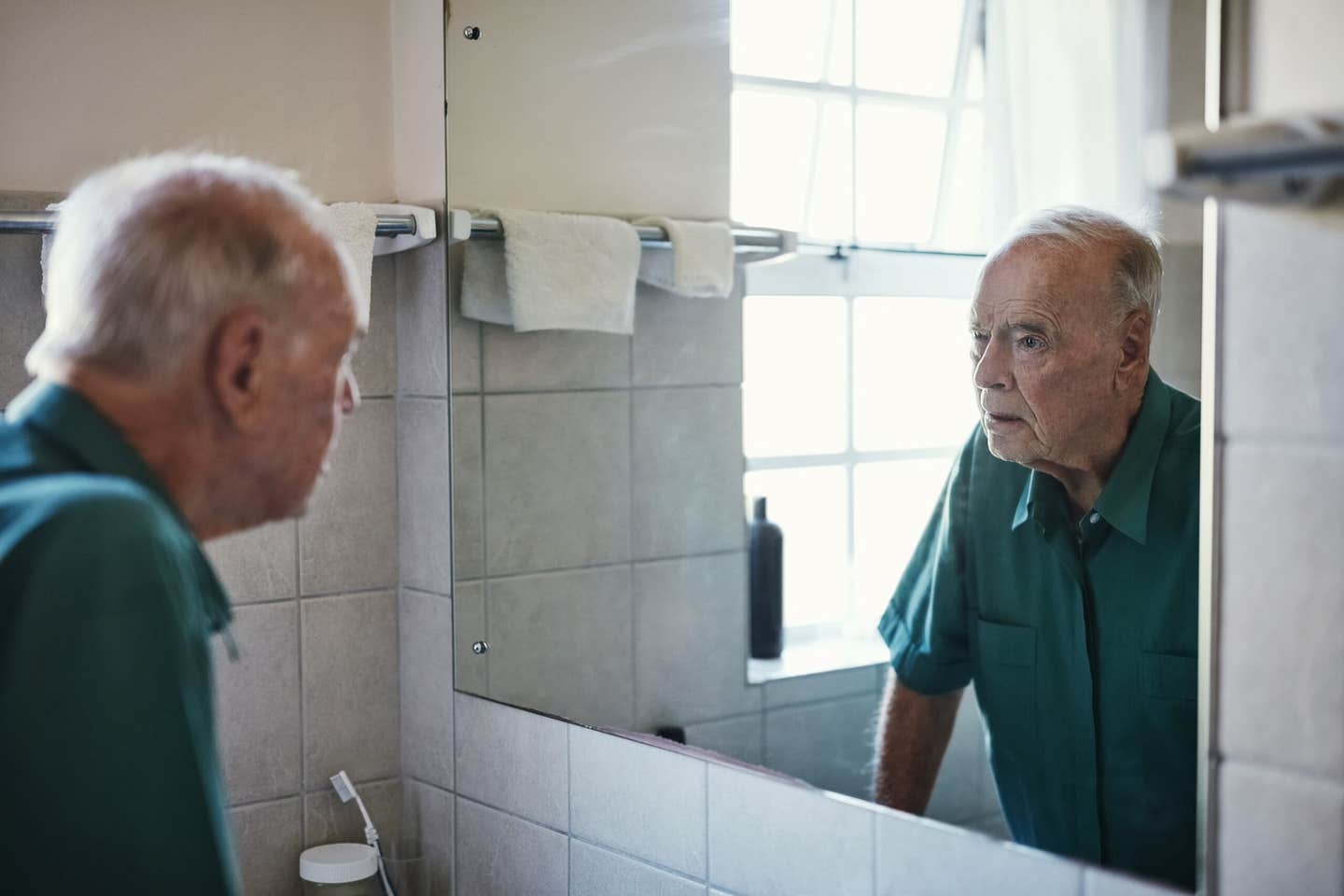Fewer teens view themselves as overweight and that’s a public health problem
Groundbreaking study on adolescent obesity sounds a loud and clear alarm for parents, educators, and health officials around the world.

[July 4, 2023: Staff Writer, The Brighter Side of News]
The potential of this groundbreaking treatment has the healthcare world abuzz. (CREDIT: Creative Commons)
Researchers have released a groundbreaking study on adolescent obesity that sounds a loud and clear alarm for parents, educators, and health officials around the world. The study, involving a staggering 745,000 adolescents across Europe and North America, has revealed a worrying trend in the way teenagers perceive their body weight.
The international team of researchers found an increase in the number of teenagers who underestimate their body weight, as well as a decline in those overestimating their weight.
The research, which tracked data from 2002 to 2018, was published today in the respected journal Child and Adolescent Obesity. This shift in body weight perception among teenagers might pose a significant challenge to the efficacy of public health campaigns aimed at combating the rise of adolescent obesity.
Lead author Dr. Anouk Geraets, from the Department of Social Sciences at the University of Luxembourg, underscores the potential implications of these findings. She explains, “During this impressionable age, body weight perception may influence a young person’s lifestyle choices, such as the amount and types of food they eat and their exercise habits.”
Related Stories
The team's concern arises from the apparent trend in which fewer adolescents perceive themselves as overweight. This development, Dr. Geraets says, "could undermine ongoing efforts to tackle increasing levels of obesity in this age group. Young people who underestimate their weight and therefore do not consider themselves to be overweight may not feel they need to lose excess weight and, as a result, they may make unhealthy lifestyle choices.”
Body weight perception (BWP) refers to how an individual perceives their own weight, which may not align with their actual weight. This discrepancy can either result in an underestimation (when actual weight is higher than perceived weight) or an overestimation (when actual weight is lower than perceived weight).
Both situations present potential challenges, particularly in formulating and implementing health interventions targeting adolescents.
The research team studied survey data from 746,121 adolescents aged 11, 13, and 15 years, collected from 41 countries at four-year intervals between 2002 and 2018. This data was gathered through the International Health Behavior in School-Aged Children (HBSC), a collaborative study with the World Health Organization.
Table shows the general characteristics of the study sample. Participants had a mean age of 13.7 ± 1.6 years and 51.0% were girls. Across all survey years, more than half of the participants (60.9%) had a correct weight perception, while 13.7% of the participants underestimated their weight status and 25.4% overestimated their weight status. The prevalence of self- reported overweight/obesity in our study population was 14.4% (11.5% for girls and 17.4% for boys). (CREDIT: Taylor & Francis Group)
Using sophisticated modeling techniques, researchers examined trends in BWP among teenagers over time. Adjustments were made for age, gender, and family socioeconomic status.
The study reveals a complex, multi-faceted picture of BWP in adolescents across different countries:
Underestimation of weight status increased over time in both sexes, with a more pronounced trend in girls.
Overestimation of weight status decreased over time in both boys and girls.
Correct weight perception increased among girls, while it decreased among boys.
These trends varied across different countries, and the changes could not be explained merely by an increase in national levels of overweight/obesity prevalence.
These differences point to a potential shift in body ideals for boys and girls, suggesting that societal norms about the "ideal body" may have changed over time. Specifically, the trend of girls increasingly underestimating their weight and decreasingly overestimating it might be attributed to the rise of the athletic and strong body as a contemporary body ideal for both sexes.
The implications of this study stretch beyond academia, affecting both clinical practices and public health policies. “The increase in correct weight perception and the decrease in overestimation may have a positive effect on unnecessary and unhealthy weight loss behaviors among adolescents,” observes Dr. Geraets. However, the increased underestimation signals a need for interventions aimed at promoting accurate weight perception.
This research points to the urgency of further research to understand the factors driving these changes over time. It also highlights the need to develop effective public health strategies in light of these evolving perceptions.
Time trends in body weight perception and the explanatory role of overweight/obesity prevalence. (CREDIT: Taylor & Francis Group)
Despite the strengths of the study, such as the sheer volume of participants from numerous countries, the researchers caution that the results may not be applicable to regions outside of Europe, the USA, and Canada. The research also acknowledges that while steps were taken to adjust for potential confounding factors, other influences such as body image, dieting, changing eating patterns, or migration may have played a role in the observed trends over time.
The findings underscore the urgent need for more research in this area. They point to a potential blind spot in public health interventions and emphasize the importance of enhancing teenagers' understanding of healthy body weight and its links to overall health and well-being.
The study presents a rallying cry for comprehensive, well-targeted, and context-specific interventions to address the growing challenge of adolescent obesity, and highlights the role of schools, families, and society at large in shaping adolescents' perceptions about their body weight.
For more science and technology stories check out our New Innovations section at The Brighter Side of News.
Note: Materials provided above by The Brighter Side of News. Content may be edited for style and length.
Like these kind of feel good stories? Get the Brighter Side of News' newsletter.



